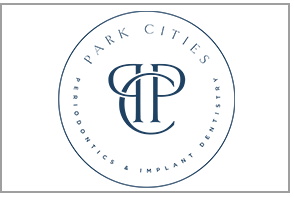 Advanced gum disease, also known as periodontitis, causes your gum tissue to recede, a gum graft may be needed to replace the missing tissue. A gum graft can restore health to your gum tissue, and if you take the proper steps to protect your oral health, you can prevent a relapse of gum disease.
Advanced gum disease, also known as periodontitis, causes your gum tissue to recede, a gum graft may be needed to replace the missing tissue. A gum graft can restore health to your gum tissue, and if you take the proper steps to protect your oral health, you can prevent a relapse of gum disease.
Patients who notice signs of receding gums should consult with a periodontist as soon as possible to pursue treatment and restore their oral health.
How Gum Tissue Can Recede As A Result Of Gum Disease
Gum disease develops when harmful oral bacteria begin to attack the gum tissue and cause inflammation in it. As gum disease is a progressive condition, the initial symptoms are fairly mild, although they should be cause for concern. They may include:
- Redness
- Swelling/puffiness
- Bleeding
- Persistent bad breath
If a patient fails to seek treatment for early stage gum disease indicated by those symptoms, the condition will advance and cause more serious consequences, including gum recession. At that point, the gum tissue shrinks noticeably and exposes more of the underlying tooth material.
Gum Grafting: Restoring The Structure And Appearance Of The Gum Tissue
After gum disease has progressed, a gum graft can repair the tissue recession and damage caused by periodontal disease. In performing a gum graft, a periodontist takes donor tissue from elsewhere in the mouth (either the palate or gum tissue adjacent to the site) and inserts it at the site of recession.
Gum grafting is performed in an outpatient setting, and patients can receive sedation for optimal comfort. Patients may need to make adjustments to their diet and activity levels for several days after the procedure. Follow all post-operative directions provided to you.
Preventing Gum Disease Relapse
After you’ve experienced one episode of gum disease, you face a significant risk of a relapse. It’s important to take the following steps in order to minimize that risk so that you can avoid another gum graft in your future:
- Brush your teeth twice each day, using a soft-bristled brush and just the right amount of pressure. Brushing too harshly can actually erode gum tissue.
- Floss daily to reduce the presence of bacteria along the gumline.
- Get professional teeth cleanings at least twice a year.
- Follow up with your periodontist as directed.
You should also monitor your gum tissue for the signs of early stage gum disease listed above so that you can take action to seek treatment early in the disease process.
To learn more about gum grafting and whether it can be beneficial to you, call Park Cities Periodontics and Implant Dentistry to schedule an evaluation.






